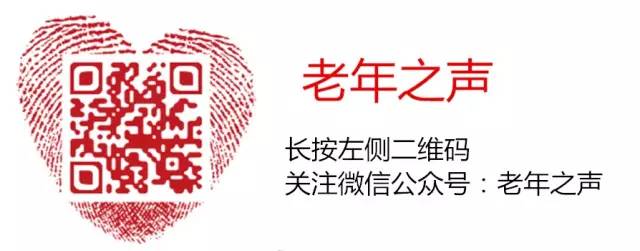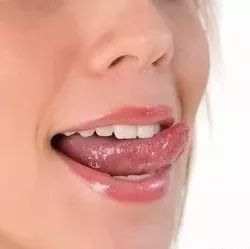

Listen to the personal experiences, classic cases, and health maintenance techniques from the masters of traditional Chinese medicine.
Health maintenance, disease prevention, and methods for longevity.
Learn
Today
We
Introduce
A Colorful Life
No need for a colorful tongue.

Click the audio to listen to the full text.
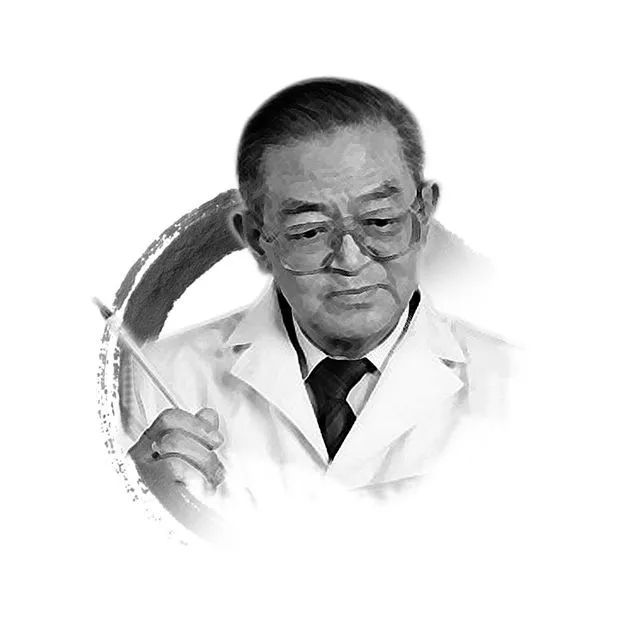
Different tongue colors represent different conditions. Today, I will discuss several common types.
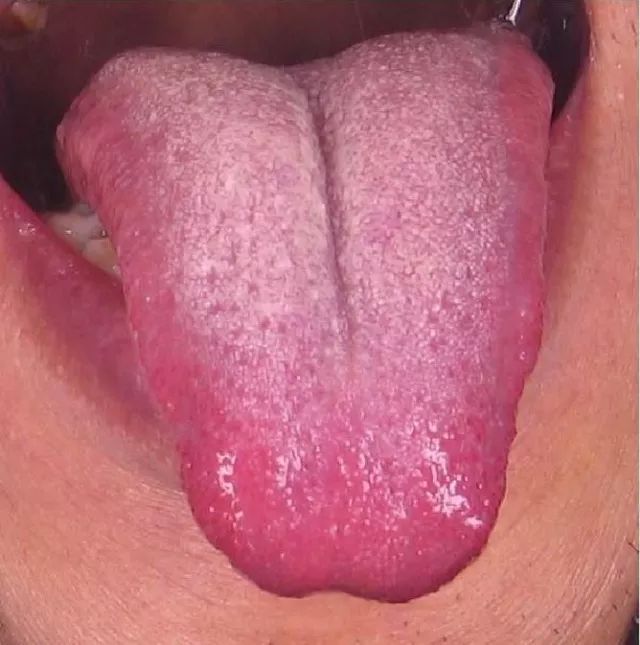
Red Tongue
A tongue that is bright red, deeper in color compared to a pale red tongue, is referred to as a red tongue.
A red tongue is often associated with heat syndromes, deficiency heat syndromes, or excess heat syndromes.
A tongue that is red, dry, and has a thick yellow or gray-black coating indicates excess heat syndrome.
A plump, tender tongue with little coating that is red, or has cracks, or is bright red without coating often indicates deficiency heat syndrome.
Red Tip of the Tongue
Indicates that there is fire in the heart and lungs, which may lead to symptoms such as mouth sores and insomnia.
Red Center of the Tongue
Indicates heat in the spleen and stomach, often due to long-term consumption of strong alcohol or very hot foods.
Red Sides of the Tongue
Indicates excess heat in the liver and gallbladder, often seen in liver and gallbladder diseases, or in individuals with a hot temper, hypertension, or stroke.
Red Root of the Tongue
Indicates heat in the lower jiao, seen in kidney and urinary system diseases.
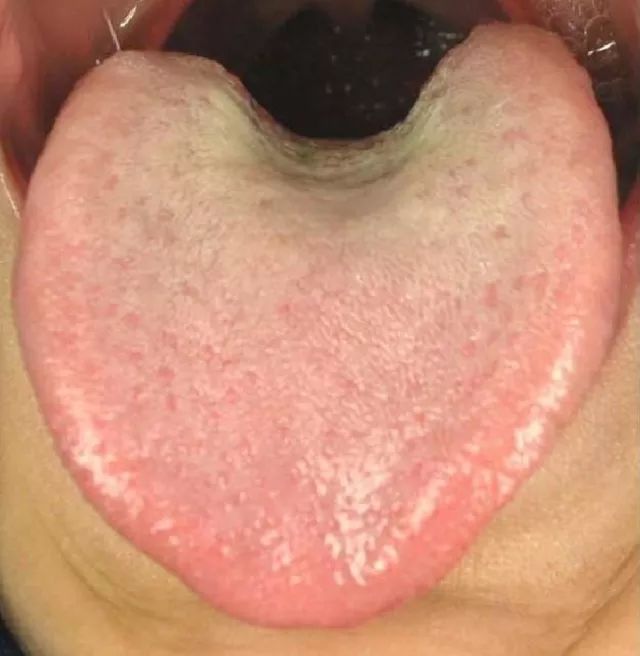
Pale Red Tongue
A pale red tongue is considered a normal tongue appearance or may indicate qi and blood deficiency.
A tongue that is white with a hint of red, neither too deep nor too shallow, indicates that qi and blood are flourishing, suggesting sufficient heart blood and normal yang qi distribution, representing a normal tongue color.
If the tongue is pale red but shows a red glow, it indicates main symptoms.
A tongue without coating, pale red in color often indicates qi and blood deficiency.
After internal injury from disease, the tongue may appear pale red, indicating that the condition is improving.
If one has just contracted an external illness, the condition may still be mild, and the tongue color can remain normal pale red.
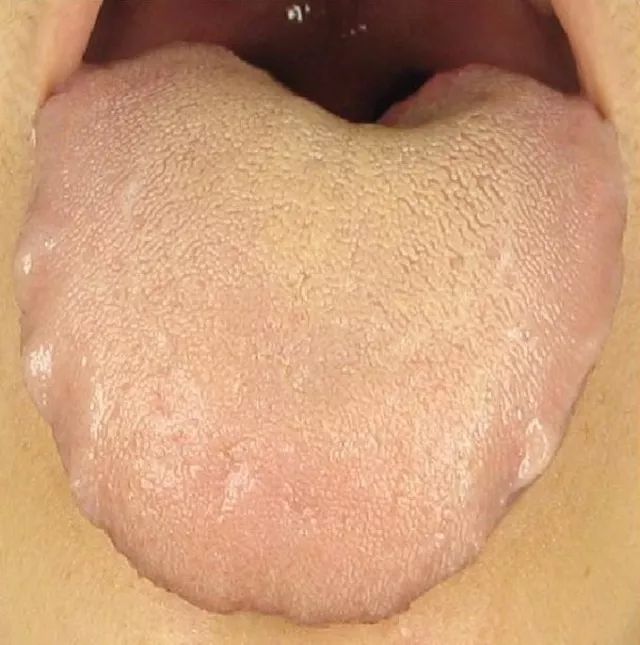
Pale White Tongue
A tongue that is lighter than normal, with less red and more white, is referred to as a pale white tongue.
This often indicates qi deficiency, yang deficiency, or blood loss, with symptoms such as anemia, edema, and microcirculation disorders.
A pale white tongue, plump and tender, with teeth marks on the sides, and a moist surface with plenty of saliva often indicates internal cold and dampness due to yang deficiency.
A pale white tongue that is dry and lacks moisture often indicates yang deficiency unable to distribute fluids.
A tongue that is pale white and shiny, with a smooth surface and no coating often indicates deficiency of spleen and stomach qi, and deficiency of both qi and blood.
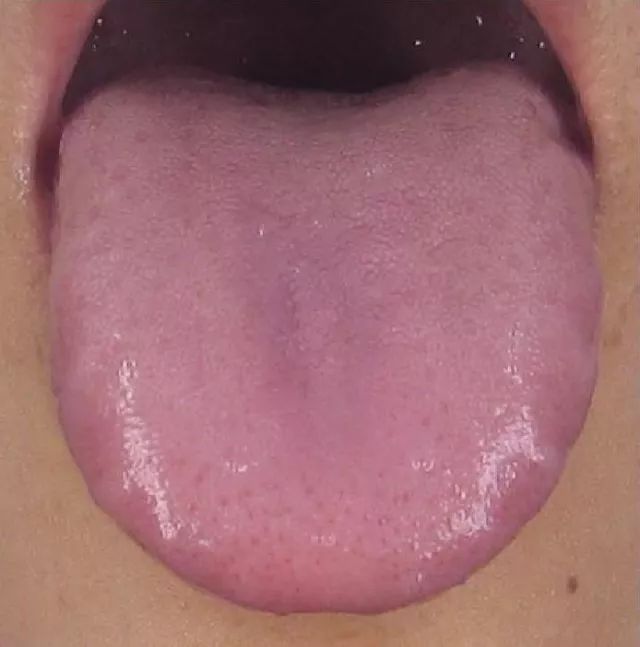
Purple Tongue
A purple tongue is often caused by blood stasis, which may be due to heat, cold, alcohol toxicity, food accumulation, phlegm, damp-heat, etc., leading to poor blood circulation and resulting in a purple color.
If there are purple spots on the tongue or if the entire tongue appears bluish-purple, this is what traditional Chinese medicine refers to as blood stasis.
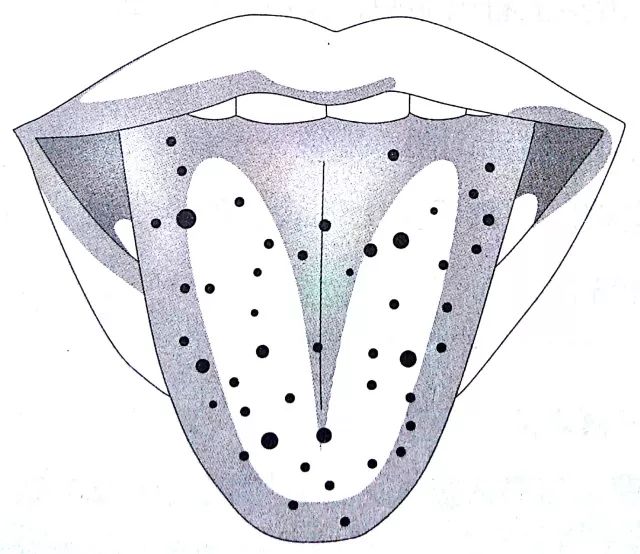
A purple tongue is often seen in patients with critical diseases such as myocardial infarction, cerebral infarction, and late-stage diabetes.


Tongue diagnosis is quite objective and provides us with a basis for treatment. Many scholars have employed modern technology to conduct in-depth and beneficial research on tongue diagnosis.
For example:

Blue-Purple Tongue is an important tongue manifestation for diagnosing blood stasis in traditional Chinese medicine.
Through studies on tongue microcirculation, it has been found that a blue-purple tongue shows significant microcirculation disorders, with noticeable blood cell aggregation, slowed flow rate, dark red blood color, and bleeding, indicating severe stasis in microcirculation.

Pale White Tongue is an important tongue manifestation for diagnosing qi deficiency and yang deficiency.
Microcirculation tests show a reduction in microvascular networks, narrowed vessel diameters, pale red blood color, and significant exudation around microvessels.
This indicates that both tongue manifestations have microcirculation disorders, but each has its own characteristics, and modern technological methods provide objective indicators for distinguishing these two tongue types.
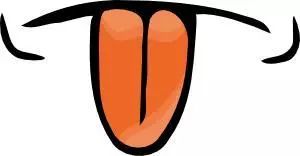
The changes in the tongue can reflect the health status of the body. By memorizing simplified tongue appearances, one can easily check their tongue color in front of a mirror, which is a simple task that allows one to observe their health symptoms and what areas need attention.
Of course, this is not to suggest that you should diagnose yourself, but rather to give you a basic understanding of your constitution, whether it is deficient or excess, so you can know what to avoid eating and what to pay attention to. Moreover, you can also use tongue observation to determine whether you need to go to the hospital for a check-up.
This article is excerpted from Shen Shaogong’s medical notes “The 600-Year Shen’s Method for Eliminating Diseases”.
Recommended for you:
-
Understanding Health Through Tongue Shape: Early Detection of Illness!
-
Understanding Health Through This Method: Tumors Can Be Treated!
-
Understanding Health Without Tests: Determine Your Illness! (Includes Hypertension Healthy Recipe)
Source: Senior Voice Club
Edited by: Li Lingyan, Key Editor: Bai Chen // Supervised by: Wang Qunjun
Original work from Senior Voice, welcome to share and reprint, but please be sure to indicate the source: WeChat Official Account “Senior Voice” and maintain the integrity of the reprinted content.
